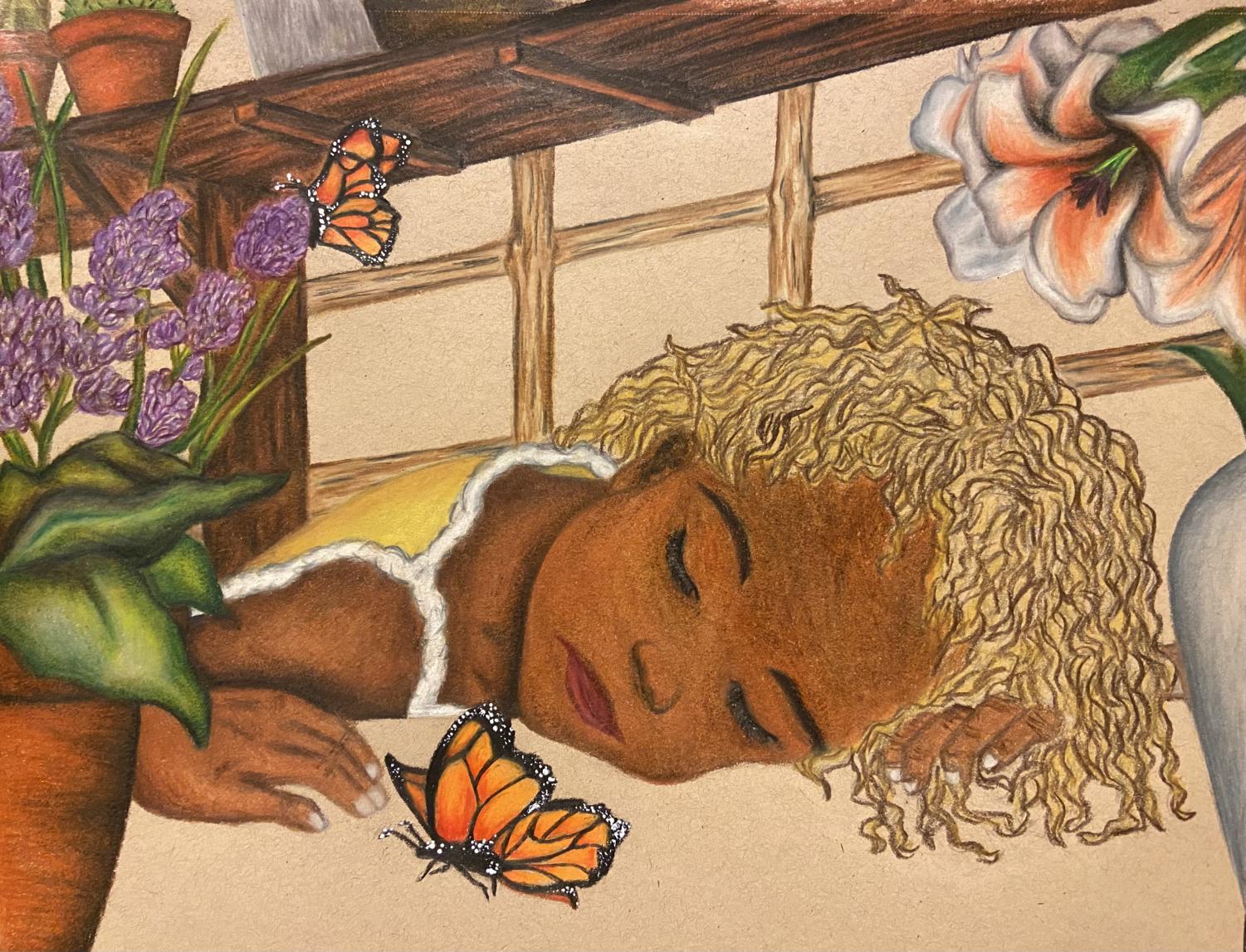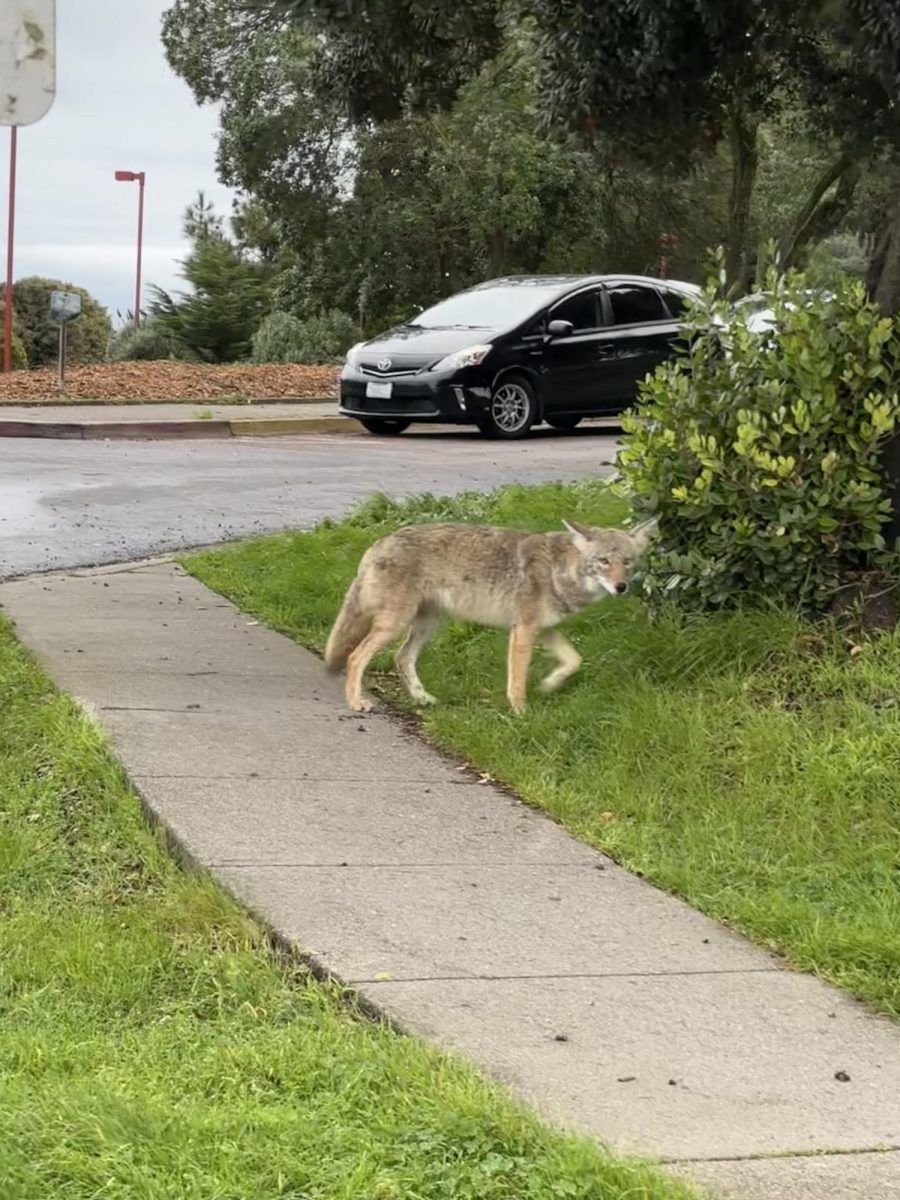Monarch butterflies are milkweed butterflies in the family of Nymphalidae. These butterflies could also be called Common Tiger, Wanderer, Black Veined Brown, and North American Butterfly. The names change, depending on the region.
Monarch Butterflies are a symbol of life, regeneration, and hope. However, the population of these butterflies is moving closer to extinction.
According to Phys.org, “The number of western monarch butterflies wintering along the California coast has plummeted precipitously to a record low, putting the orange-and-black insects closer to extinction.” With this decrease, the monarch butterflies are taking a massive hit.
Colleen O’Rourke, Science Department Chair, said, “Many native wild insects have seen severely declining population numbers in recent years, largely because of increased pesticide use—both at homes and for agriculture—and loss of habitat. For monarchs, they have been hit with an extra blow because their primary food source—milkweed plants—has also been declining in numbers.”
O’Rourke explained, “Milkweeds have been reduced because of loss of native habitat and also because people often consider them weeds and pull them out of places where they do manage to grow.”
Focusing on their habitat may be the path to their salvation. “Limiting pesticide use, or being more careful about when and how pesticides are used, is key,” O’Rourke said.
“In addition, many native plant groups encourage people to intentionally plant more milkweed plants in their yards and gardens, and to leave wild milkweeds alone whenever possible. It’s important to note that only certain types of milkweeds are native to California and used by monarchs on the West Coast, so please check with a native plant nursery or the website of the California Native Plant Society to make sure you’re choosing the correct type.”
So, they can be saved, but some question if the effort to do so should commence. According to Science Magazine, “The U.S. Fish and Wildlife Service announced [on Dec. 15] it will not yet protect one of North America’s best butterflies under the Endangered Species Act. The agency concluded that the iconic black and orange monarch has suffered population declines steep enough to possibly qualify for federal protection, but FWS will take no action at this time because 161 species already being considered for the list are a higher priority for support from the agency’s limited budget.”
O’Rourke countered this with, “Protecting biodiversity is the primary goal of most modern ecological movements. Although on the surface it might seem like we’re focusing on just one species, in reality the effort to help the monarchs will help a lot of other species in return.”
She added, “Finally, one cannot discount the human cultural cost of losing the monarch butterfly. Monarchs have been a profound spiritual symbol for human populations for thousands of years. . . . Losing these beautiful insects would mean losing a significant part of ourselves, one which may never truly recover.”









